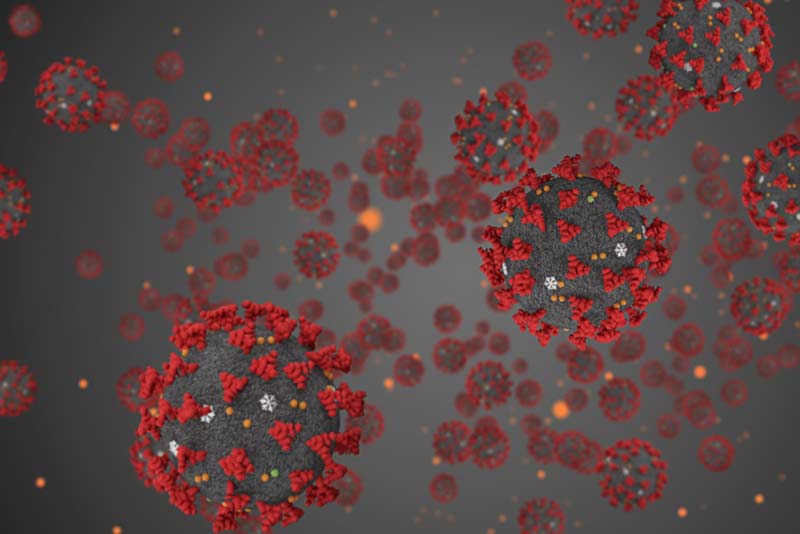Chinatown Service Center (CSC) is one of many frontline community clinics across Los Angeles County whose dedicated healthcare teams are courageously mitigating the impact of the COVID-19 (corona virus) pandemic. Established in 1971, CSC is one of the largest community-based Chinese-American health and human service organizations in Southern California.
Within two weeks into the outbreak and statewide stay-at-home order, CSC’s four Federally Qualified Health Centers (FQHCs) swiftly prioritized changing practice workflows to adopt the use of virtual care technologies. Staff converted the vast majority of our in-person visits to telemedicine visits using phone or videoconference services. To date, about 5 percent of CSC patients have been diagnosed with COVID-19. The transition to telehealth was made more accessible with Medi-Cal expanding services and reimbursement for these must-have tools for providers to help patients comply with social distancing.
Coincidentally in late March, CSC implemented the LANES health information exchange (HIE) platform and within two weeks,“We went from ‘Wow! What a great tool’ to ‘Wow, we can’t live without you!’”said Felix Aguilar, M.D., MPH, FAAFP, Chief Medical Officer at CSC.
A practicing primary care physician for 23 years, Dr. Aguilar shared how LANES, Los Angeles County’s regional health information exchange, provides near real-time data during virtual visits. Critical medical data, including lab diagnostic and prescription history details, may otherwise go undetected as physicians strive to make the best knowledge-based clinical decisions.
“Typically, a patient arrives at one of our clinics, and perhaps beforehand, that individual had visited a local hospital or ER. They don’t always report that visit to us,” he said. “In this unprecedented time, suddenly we are limited to only the telephone and videoconferencing to communicate with patients. At the moment, we use the LANES to look up and retrieve the patients’ documented visits from previous medical encounters. LANES makes our telehealth visits more efficient, thorough,and informative.”
The right tools in a time of health crisis
Dr. Aguilar explained that reaching out to hospitals to find out about a patient’s past medical visits, pre-COVID-19 can be a lengthy and complicated process, and especially in today’s ever-changing healthcare environment impacted by COVID-19. Understandably, those healthcare facilities are inundated by information requests of all types, many of which can lead to long waits, patient signature requirements, unending phone calls, and antiquated faxing.
“Now that we’re all working remotely, our workflow process is also more complicated,” he said. “We’re dependent on LANES HIE and telehealth tools to help our patients in this time of need. LANES makes it easy to navigate and obtain records containing the patient’s most recent lab test results, clinical procedures, admittance,and discharge information, and more. The HIE also takes some of the burden off hospitals by our having electronic access to records at our fingertips, and that in itself is a dramatic change.”
Continuing, Dr. Aguilar said, “As a clinician, retrieving information from the LANES portal to access the community medical records provides a comprehensive historical snapshot. It’s worth the time and effort. You have all the information about your patient right there. The HIE portal is well designed and easy to use, and that’s important in a time of crisis when we need tools to give us immediate access to patient records.”
“You just turn a switch, and there’s the record!” he said. “LANES is truly the way to do regular healthcare business and respond to emergencies: Having fast access to health information that is actionable, usable, and readily available.”
HIE’s role in monitoring COVID-19 patients
Dr. Aguilar recently sent a patient diagnosed with the corona virus to a county hospital for treatment. He is using LANES to continue coordinating care following that patient’s progress and outcomes actively.
“We had a patient visit us three weeks ago with cough, no fever, and no shortness of breath. So he didn’t meet our criteria to be tested,” recalled Dr. Aguilar. “Then he returned on Monday with fever, cough, and shortness of breath. So he was tested and his results were positive. Obviously, three weeks ago the patient was incubating the respiratory virus. That experience showed me there are a lot of variables with this disease that we don’t know and that the incubation period is longer than 14 days.”



